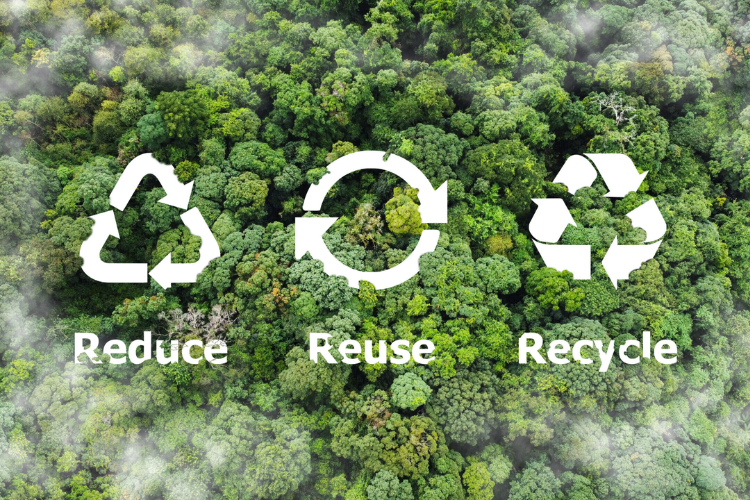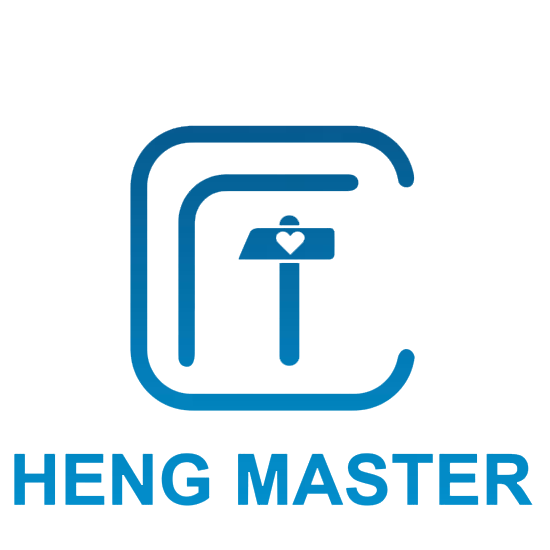I. Three Engines Driving Change
Policy-wise, global "plastic bans" continue to intensify, with economies like China and the EU successively introducing plastic restriction policies. By 2025, the global biodegradable food packaging materials market is projected to reach $35 billion, with an annual growth rate exceeding 15%.
At the consumer level, the single-person economy and home-based economy are driving the small-packaged food market to exceed ¥800 billion in scale by 2025. Generation Z’s pursuit of personalization is rapidly increasing the penetration rate of smart packaging.
In technology, the cost of biodegradable materials like PLA has dropped by 30%, nano-coatings can extend food shelf life by over 20%, and composite packaging materials will account for more than 50% of market share in the future.
II. Three Directions for Technological Development
Green Packaging: Production capacity for biodegradable materials is expanding, with China’s capacity expected to exceed 5 million tons by 2025. Packaging recycling systems are improving, with PET bottle recycling rates exceeding 90%.
Smart Packaging: Shifting from passive protection to active interaction, technologies like nano-coatings and traceability QR codes are widely used, with a penetration rate of 25% in high-end food by 2025.
Circular Economy Models: The rise of shared packaging and deposit-based recycling is reducing single-use packaging waste, projected to cover over 10% of the food delivery market by 2030.
III. Global Competitive Landscape
On the demand side, the Asia-Pacific market is expected to reach $480 billion in scale by 2025, accounting for 40% of the global market. Europe and the U.S. have strict environmental requirements, while emerging markets grow at over 10%.
On the supply side, leading enterprises dominate the high-end market, with the global TOP 10 companies holding over 45% market share. Small and medium-sized enterprises (SMEs) survive through differentiated competition. Currently, high-end materials are in short supply: China’s import dependence on biodegradable materials is 20%, while low-end production capacity is excessive, and traditional packaging enterprises have profit margins of less than 5%.
IV. Corporate Breakthrough Strategies
Technologically: Increase R&D investment to over 5% of revenue and engage in industry-university-research collaboration.
Ecologically: Layout the entire industry chain and strengthen cross-industry cooperation.
Globally: Build factories in emerging markets and participate in international standard-setting.
V. Regional Development Characteristics
China: Driven by both policy and market, its market scale may exceed $300 billion by 2025, but SMEs need to enhance competitiveness.
Europe and the U.S.: Strict regulations and strong technology lead to profit margins exceeding 10% in the high-end market, but with significant cost pressures.
Southeast Asia: Obvious demographic dividends drive strong demand for ready-to-eat packaging, though infrastructure needs improvement.
VI. Industry Trends for 2030
• Green packaging will be fully popularized, with biodegradable material substitution rates exceeding 50%.
• Smart packaging will cover over 50% of high-end food products.
• Circular economy models will mature, with "packaging-as-a-service" and similar models achieving a penetration rate of over 20%.

 Hot News
Hot News2025-08-20
2025-07-28
2025-06-20

Copyright © 2025 by Zhejiang Hengjiang Plastic Co., Ltd. - Privacy policy